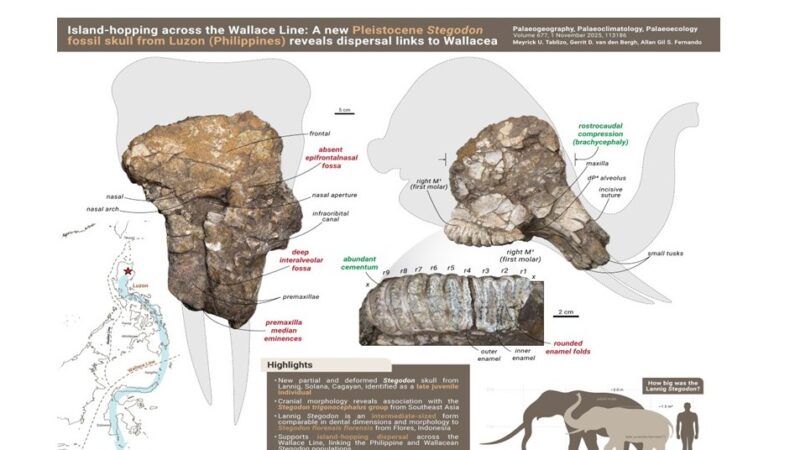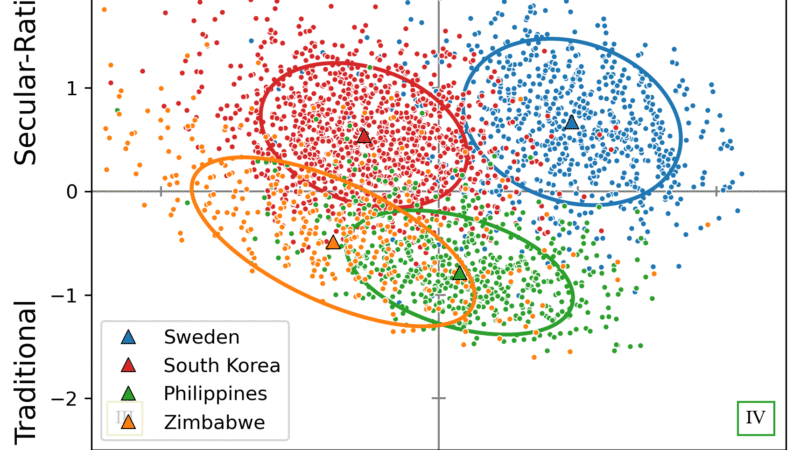Digital payments continue to rise in the Philippines, BSP achieved its target of 20% of Digital Payments in 2020
The latest report of the Bangko Sentral ng Pilipinas (BSP) confirms that the BSP achieved its target of reaching 20% of digital payments volume by 2020. The report reveals that 20.1% of monthly payments volume are done digitally by the end of 2020, a substantial improvement over a span of a mere six-month period from the 2020 first semester estimates which pegged digital payments volume at 17%. The value of digital payments likewise substantially grew from 25% to 26.8% for the same period.
The increased usage of digital payments was largely driven by high-frequency, low-value retail transactions such as person-to-merchant payments and person-to-person (P2P) payments such as electronic fund transfers.
The health protocols that entailed social mobility restrictions in response to the COVID-19 pandemic have emerged to be a strong catalyst for the wider adoption of digital payments in the country. More consumers are becoming digitally engaged and have adapted to the use of digital payments for their financial transactions as shown by the sustained rise in the volume and value of merchant payments and remittances.
BSP Governor Benjamin E. Diokno said, “While the COVID-19 pandemic may have disrupted our way of life, it also created exceptional opportunities to boost digital payments and financial inclusion in the country.
It was opportune that, even before the pandemic, the BSP was able to lay out the critical foundations to an interoperable national retail payment system and enabling regulatory frameworks that allowed
payment service providers to innovate and offer responsive digital payment products and services. These have helped ease the burden of Filipinos as they navigate under the New Economy Arrangement.”
By the end of 2020, merchant payments surged by 47.8% in volume, or an increase of 250.2 million transactions from 2019. Significant contributors to the overall rise in digital payments volume include remittances which grew by 18.1%, reflecting the wider usage of wallet-to-wallet electronic fund transfers and G2P Salaries and Payroll which registered an increase of 21.1%. The latter is due to the shift from cash to digital payments of salaries by government institutions.
With the close collaboration of the BSP with key stakeholders from the government and private sector, as well as the payments industry led by the Philippine Payments Management, Inc. (PPMI), the digitalization of new payment streams can be timely implemented to further accelerate the usage of digital payments throughout the country. With these developments, the BSP is optimistic that it is well on its way to achieving the strategic objectives set out in the BSP Digital Payments Transformation Roadmap of providing safe, affordable, and convenient payment services that cater to diverse needs of the country’s increasingly digital economy.
“The BSP will continue to perform its catalytic role to further advance the country’s digital payments transformation to promote the economic empowerment of our fellow Filipinos and ensure that everyone reaps the benefits from having universal access to digital payment services, especially during these extraordinary times,” BSP Governor Diokno said. ###






